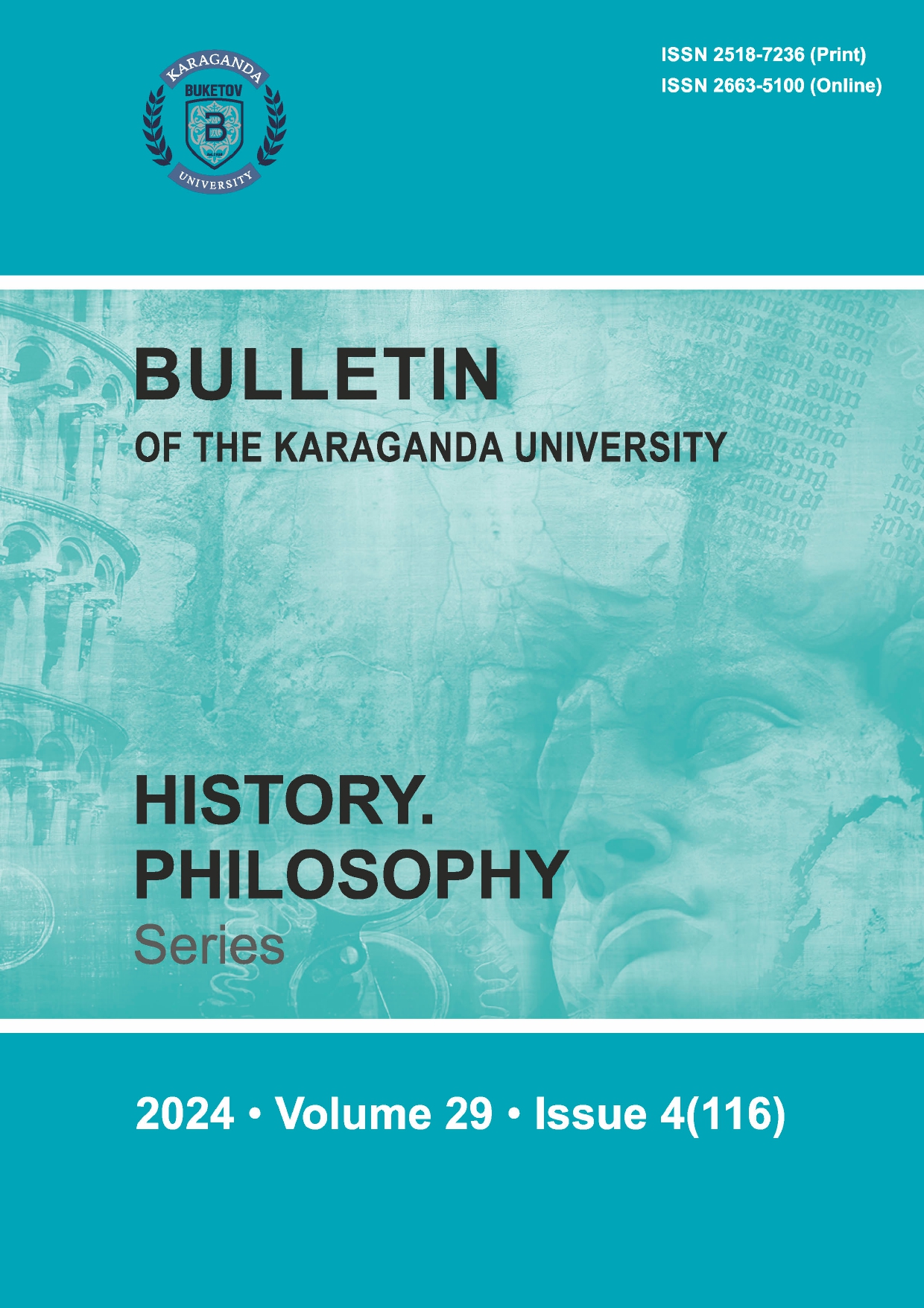Atheistic ideology impact on holy places in Soviet Kazakhstan: A case study of Kyzylorda region (1960‒1980)
DOI:
https://doi.org/10.31489/2024hph4/39-51Keywords:
Soviet Union, Kazakhstan, Religious Board, Kyzylorda, communism, atheism, Islam, Muslims, holy place, mausoleumAbstract
In the article the position and actions of the Bolsheviks in the from 1960s to 1980s regarding Islamic holy places on the example of holy places in Kyzylorda region were examined. The Bolsheviks, driven by atheistic ideology, aimed to create a new Soviet society. The deeply revered mausoleums of saints in Central Asia held a longstanding sacred significance, with a tradition of pilgrimage. This aspect of religious devotion concerned the Bolsheviks, who sought to eradicate religion as part of their agenda, viewing it as a significant obstacle in implementing their goals. In this way, the Soviet authorities accelerated the fight against the tradition of
visiting holy places of the people along the Syr. There were both actual attacks and propaganda against holy places. The Bolsheviks used propaganda to argue that the sacred sites held no real significance. They targeted not only the mausoleums themselves but also the reverence for the saints buried within them. They even employed religious decrees from local Muslim authorities and decisions from the Communist Party to discredit these holy places further. The article will examine the atheistic stance of the Soviet authorities’ towards holy sites in Kyzylorda region, using archival data for analysis. It aims to explore the Bolsheviks’ decisions and actions concerning Islamic sacred places and assess whether their goals were accomplished.




